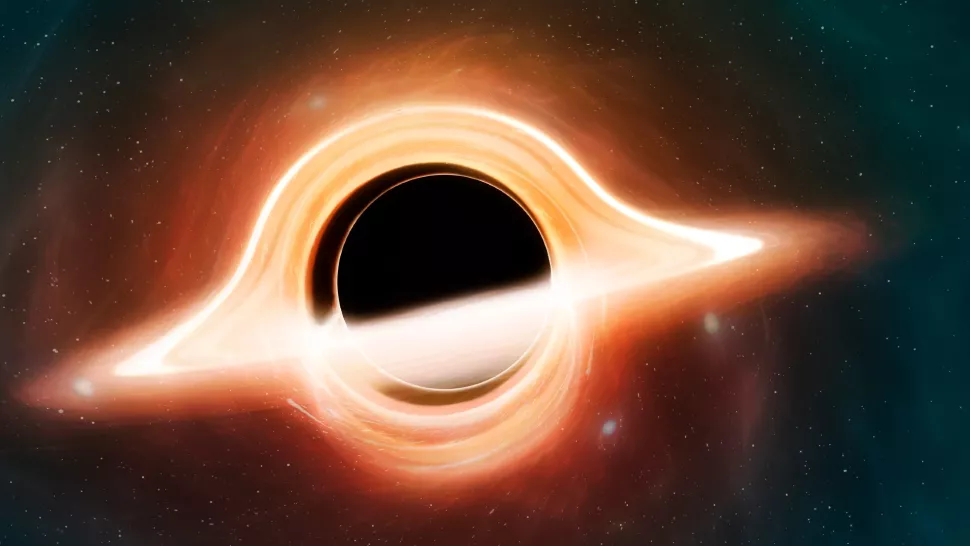A new study suggests that black holes may not be the faceless, structureless entities predicted by Einstein’s theory of general relativity. Instead, the space monsters may be strange quantum objects known as “frozen stars.”
While they share some similarities with black holes, the hypothetical celestial bodies are critically different, potentially resolving the infamous Hawking Radiation Paradox (named after the late physicist Stephen Hawking, who proposed the phenomenon). This paradox arises because the theoretical radiation emitted by the event horizon of a black hole carries no information about the matter that formed the black hole, contradicting the fundamental principle of quantum mechanics that information cannot be destroyed.
At most, unlike ordinary black holes, frozen stars are not expected to have a singularity (a point of infinite density) at their centers, resolving another contradiction between the classical picture of black holes and the general rule of physics that says infinities cannot exist in nature. When infinities appear in a theory, this usually points to its limitations.
“Frozen stars are a type of black hole mimics: supercompact astrophysical objects that are free of singularities, have no horizon, but can mimic all the observed properties of black holes,” Rami Brustein, a physics professor at Ben-Gurion University in Israel, told LiveScience in an email. “If they really exist, this would indicate the need for a significant and fundamental change in Einstein’s theory of general relativity.”
Brustein is the lead author of a study describing the theory of frozen stars, published in July in the journal Physical Review D.
Resolving the paradox
The classical black hole model, first described by Carl Schwarzschild in 1916, describes black holes as having two key properties: a singularity where all mass is concentrated, and an event horizon, a boundary beyond which nothing, not even light, can escape.
But this model runs into serious trouble when quantum mechanics comes into play. In the 1970s, Stephen Hawking discovered that quantum effects near the event horizon should lead to the creation of particles from the vacuum of space, a process known as Hawking radiation. This radiation would cause the black hole to gradually lose mass and eventually evaporate completely.
Source: Port Altele
